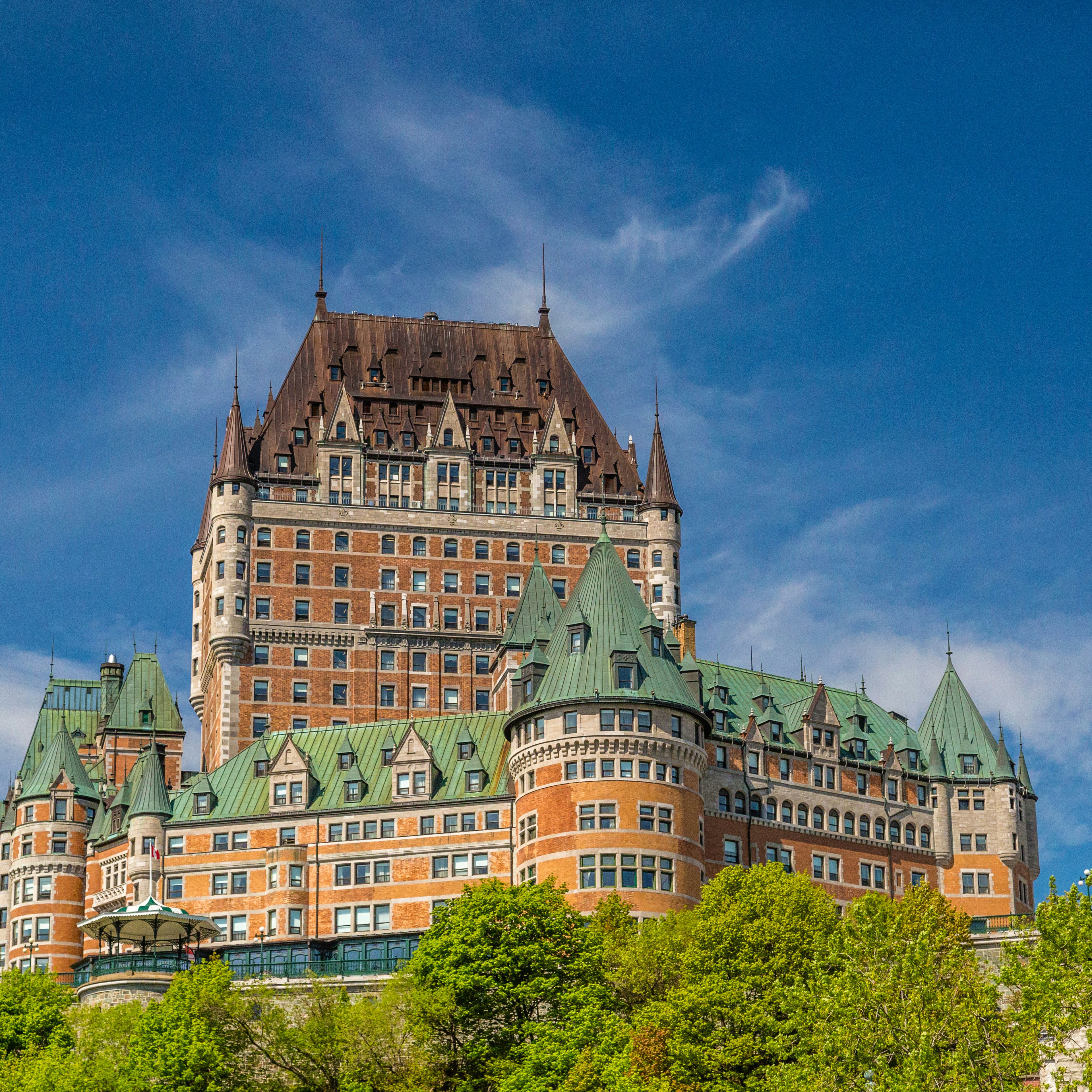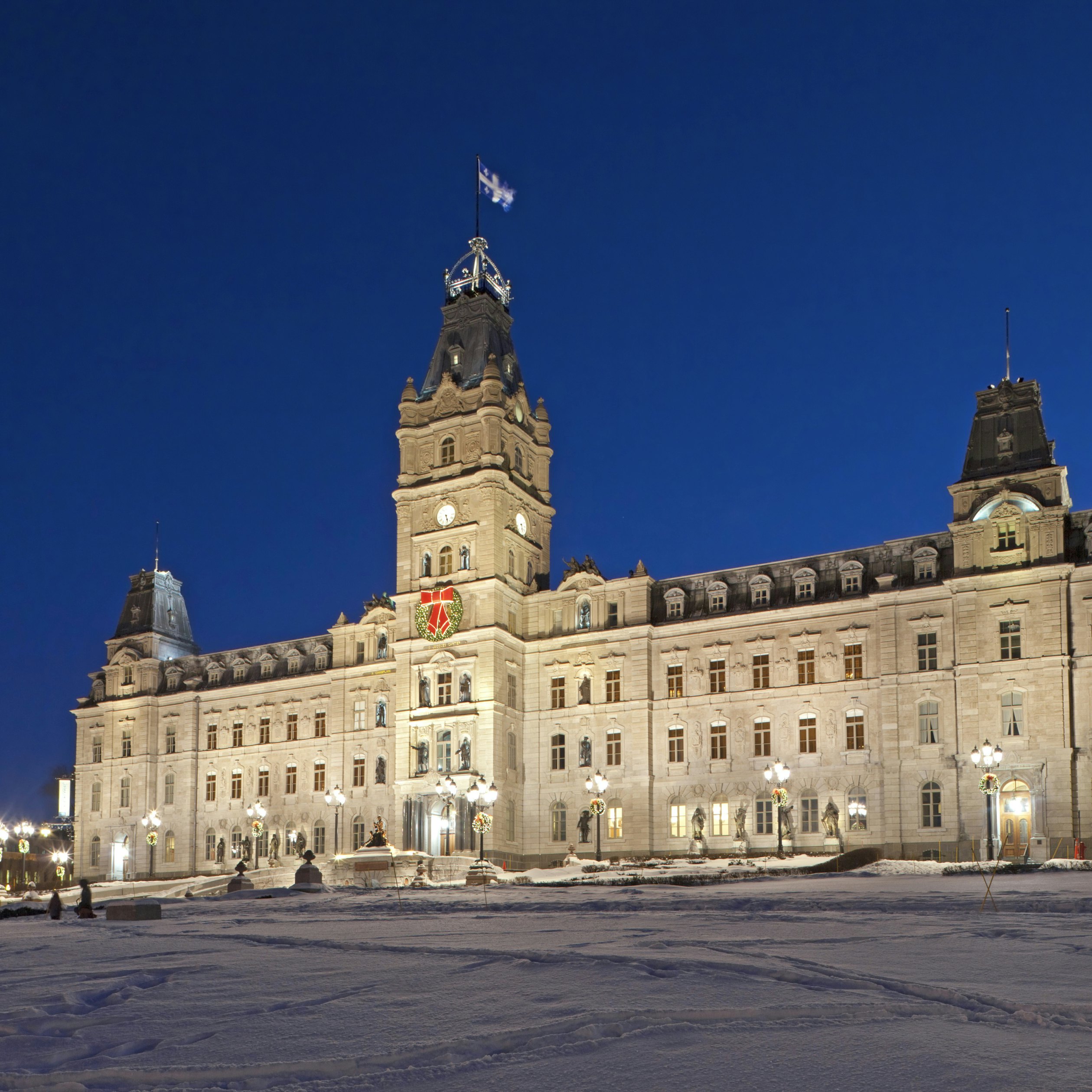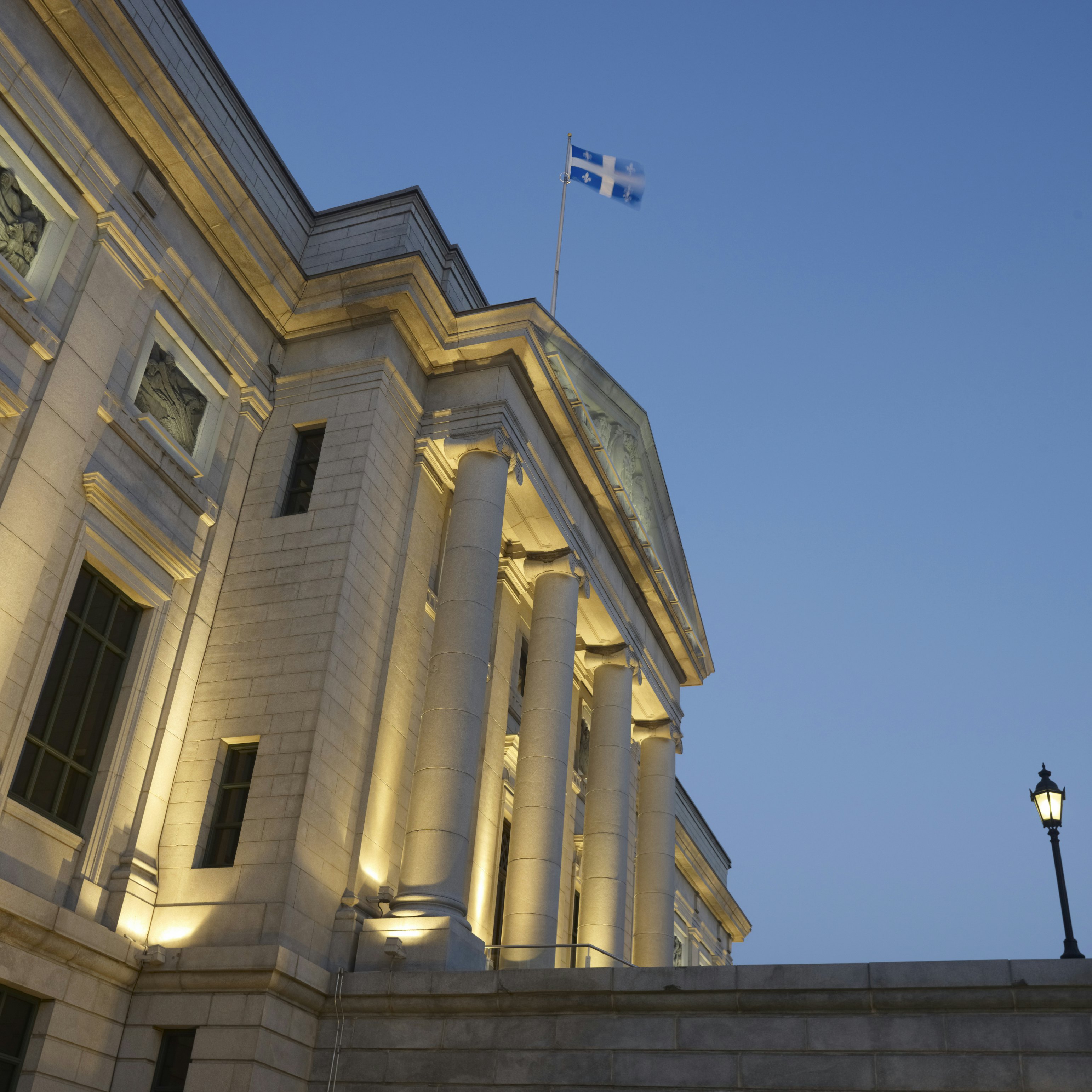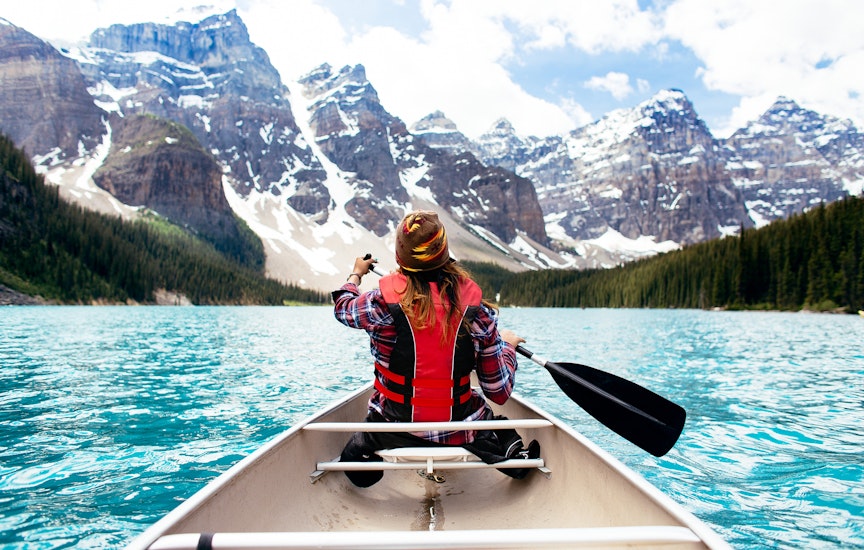

Mark Read
Overview
With a cliff-top position above the St Lawrence River and captivatingly picturesque old streets, North America’s oldest French-speaking city is a gorgeous, seductive place.
Leave the planning to a local expert
Experience the real Québec City. Let a local expert handle the planning for you.
Must-see attractions
Planning Tools
Expert guidance to help you plan your trip
Best Things to Do
From wine-tasting to festival going to chasing waterfalls, these are the best things to do in Québec City.
Read full article
Best Time to Visit
Québec City is beautiful year round but every season has its own particular charms. Here's how to pick the perfect time for your trip.
Read full article
Things to Know
Traveling to Québec City? Here's what every traveler needs to know about the weather, parking, language issues, festival days and more.
Read full article
Transportation
How to approach sidewalks in winter, which rideshare app to use, where to park and more: read these insider tips for navigating Québec City like a local.
Read full article
Free Things to Do
It’s easy to enjoy the pleasures of French-Canadian culture without spending a penny. Here are our picks for the best free experiences in Québec City.
Read full article
Best Neighborhoods
It’s in Québec City’s lively neighborhoods that history, Francophone culture, art and urban living come together. Here are some of the best ones.
Read full article
Day Trips
Québec City is an enchanting city but there are incredible attractions nearby. Here are 4 wonderful day trips where you can escape the city crowds.
Read full article
Traveling with Kids
Say "oui" to a trip to charming Québec City – it's an adventure playground for the entire family. Here's what you need to know about visiting with kids.
Read full article
Get a book. Get inspired. Get exploring.
in partnership with getyourguide















